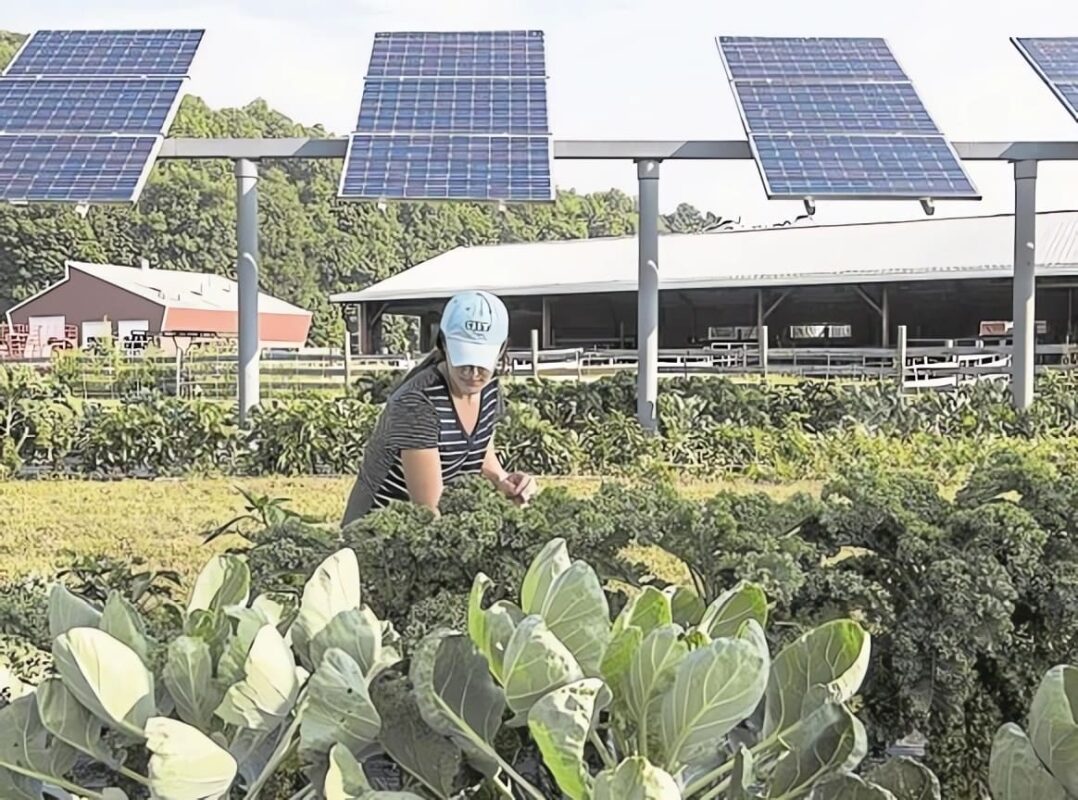Solar Energy
Solar panels in agriculture
The use of solar energy in the countryside has been a cornerstone for the agricultural sector as it provides a significant improvement in productivity and efficiency. The presence of solar panels in agriculture is becoming increasingly common.
Thanks to this cheap and inexhaustible source of energy, farmers reduce costs and their dependence on electrical power and fossil fuels. This, in turn, promotes a harmonious development with the environment.
Next, we present the most common and impactful applications of agricultural solar energy. Let’s get started!
Rural solar electrification
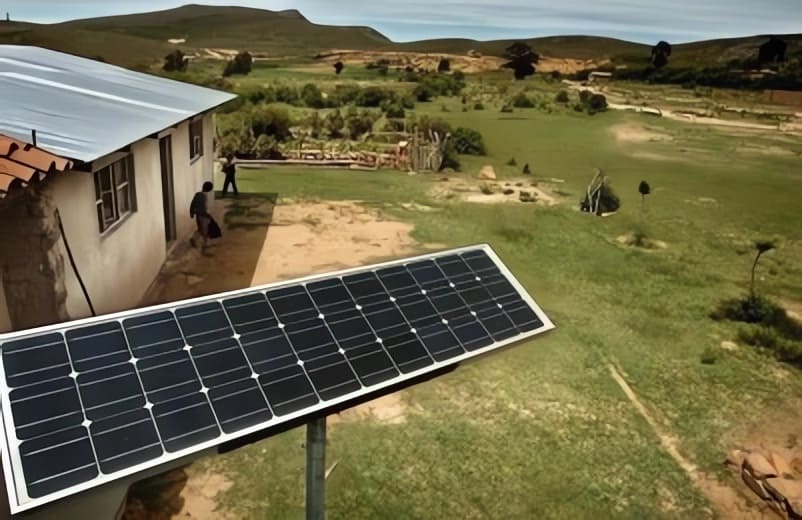
There are remote rural areas where, due to technical and economic reasons, electricity is not accessible. This limits their possibilities for progress and production.
For this reason, photovoltaic energy with solar panels for agriculture has become a popular solution. It is a reliable source of electricity that is accessible to all due to its cost-effectiveness and virtually infinite nature.
With it, large agricultural communities are electrified, improving their production processes and raising the quality of life of their residents.
Water pumping and crop irrigation
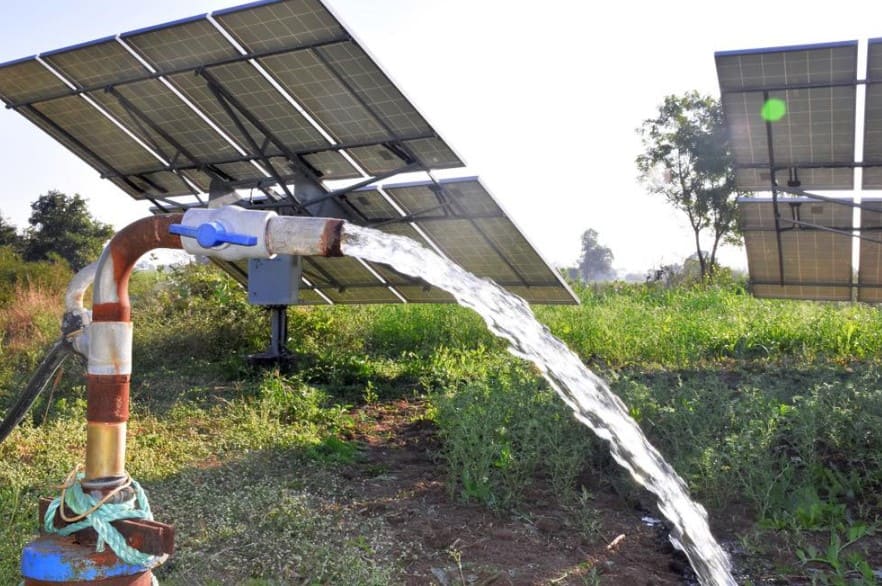
This is a core activity that used to consume a large amount of energy. However, this has changed with the implementation of photovoltaic pumping systems and solar panels for irrigation.
Water pumps now extract liquid from wells and springs more reliably and efficiently, then transport it to the irrigation network, all using sunlight as their source
Food processing and storage
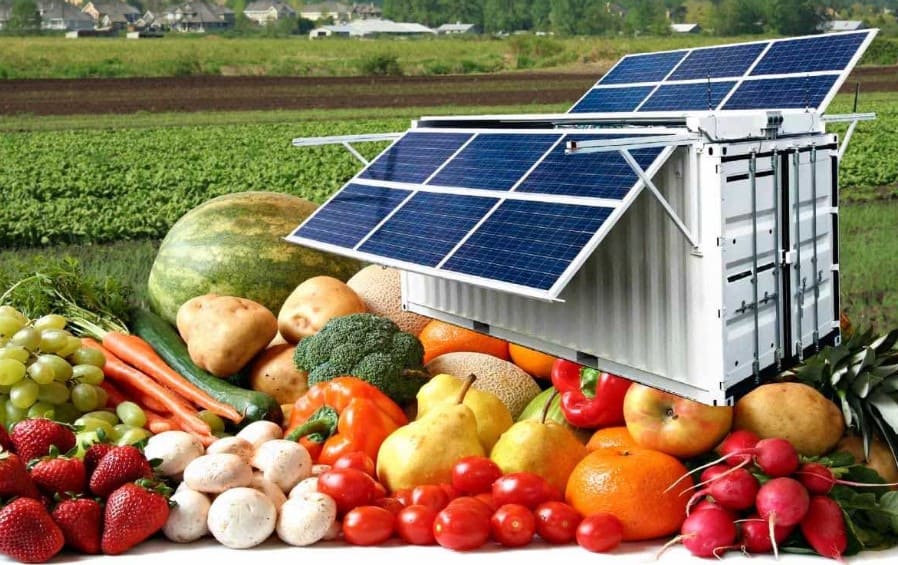
The preservation of food during its storage requires a process that involves the use of dryers, dehydrators, and other equipment. These devices require a reliable and substantial supply of electrical energy.
This makes the activity costly, and the costs are reflected in the price of food. The use of solar energy in rural areas has allowed for cost savings in these procedures and ensures uninterrupted energy supply.
Additionally, on cloudy days or at night, food processing with photovoltaic energy remains effective, thanks to the use of batteries as an energy source
Greenhouse climate control
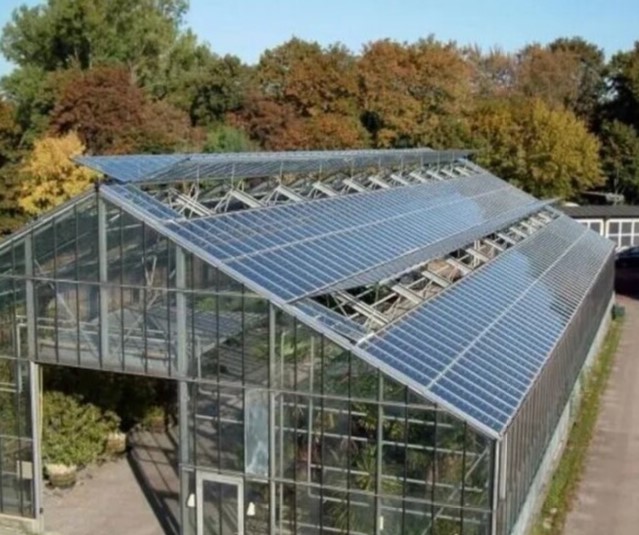
These are spaces where the best conditions for cultivation are created, as variables such as temperature, humidity, lighting, and others are controlled within them. This provides a significant advantage as it improves the quality and growth time of plants.
For this purpose, the use of very specific equipment that requires a high quantity and quality of energy is necessary. Therefore, the use of photovoltaic systems has been highly influential in popularizing this form of production due to the reduction in energy costs.
These are just some of the applications of renewable energy in the agricultural sector. But you should know that the benefits of solar energy in agriculture are much more numerous. This not only benefits the environment but also increases food production, benefiting everyone.
If you want to get information about these topics, we invite you to read the post Solar panels: what you need to know before buying.
Additionally, we recommend the article Solar panels: installation and tips – Part 1. Don’t miss out on them!
Before we say goodbye, we would like to invite you to visit our blog at energydcac, where you will find interesting content. This content is related to solar energy and DC/AC energy, both in terms of their uses and their operation and components. We’re sure you’ll like it

